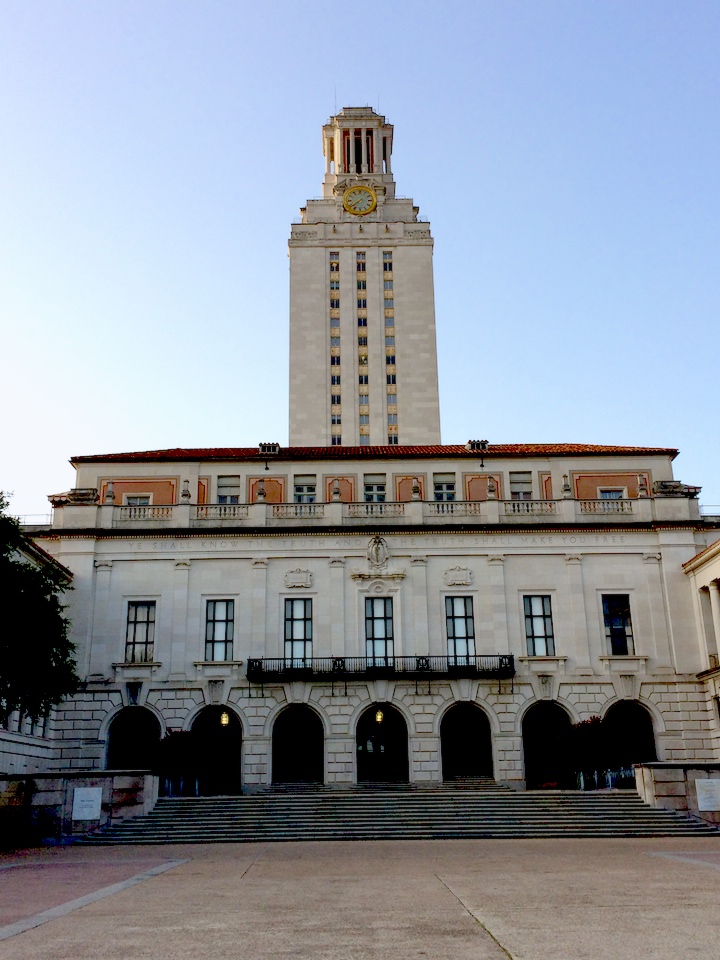Today I was getting a demo in the lab ready for a tour group and decided to try shooting a quick, unscripted bit on rocks as springs. There are a few generalized statements in here, but overall it is a first try at a public education video. Comments welcome!
-
Recent Posts
Recent Comments
- GeneralTHC on Mythbusting: Cooling a Drink with a Wet Paper Towel
- Brian Fiedler on Fix What Bugs You (aka Lean) - Tool post wrench
- Bender Unit on Mythbusting: Cooling a Drink with a Wet Paper Towel
- John Leeman on Mythbusting: Cooling a Drink with a Wet Paper Towel
- Kel on Mythbusting: Cooling a Drink with a Wet Paper Towel
Archives
- January 2018
- January 2017
- July 2016
- June 2016
- May 2016
- March 2016
- February 2016
- January 2016
- December 2015
- November 2015
- October 2015
- September 2015
- August 2015
- July 2015
- June 2015
- May 2015
- April 2015
- March 2015
- February 2015
- January 2015
- December 2014
- November 2014
- October 2014
- September 2014
- August 2014
- July 2014
- June 2014
- May 2014
- April 2014
- March 2014
- February 2014
- January 2014
- December 2013
- November 2013
- September 2013
- April 2013
- February 2013
- December 2012
- October 2012
- September 2012
- June 2012
- May 2012
- December 2011
- September 2011
- August 2011
- July 2011
- June 2011
- May 2011
- January 2011
- December 2010
- November 2010
- October 2010
- July 2010
- June 2010
- May 2010
- April 2010
- March 2010
- February 2010
- November 2009
Categories
- 3D Printing
- Administrative
- Amateur Radio
- Career
- Caving
- Communication
- Computing
- Disaster
- Drone
- Earthquake
- Education Opportunity
- Electronics
- General Science
- Geology
- Geophysics
- Hardware
- Machining
- Nuclear Power
- Open Source
- Photography
- Productivity
- Projects
- Psychology
- Public Speaking
- Python
- Radar
- Reviews
- Rock Mechanics
- Software
- Space
- Teaching
- Uncategorized
- Video
- Weather
Meta

